Preamble
The Gen Z movement in Kenya, which began in June 2024 as a protest against the contentious Finance Bill, rapidly evolved into a broader demand for systemic change, encapsulated in the slogan “Ruto Must Go.”
Initially focused on pressuring President William Ruto to withdraw the bill, the movement gained momentum through widespread demonstrations, particularly among Kenya’s youth, who leveraged social media to amplify their calls for accountability and reform.
The protests, however, faced significant resistance, including violent crackdowns, abductions, and over 60 reported deaths, with more than 1,295 arrests and 206 abductions by October 2024.
Despite the movement’s early successes, such as forcing the withdrawal of the Finance Bill and the dismissal of Ruto’s cabinet, the narrative suggests a series of missed opportunities and betrayals by key figures and institutions, leading to frustration and a perceived “divorce” between the movement and those it sought to empower.
The Genesis of the Gen Z Movement
From the outset of the Gen Z movement in June 2024, sparked by opposition to the Finance Bill, we entrusted the presidency and the levers of power to various individuals and institutions, hoping they would champion our cause.
Instead, they repeatedly turned away from our vision, choosing to align with the establishment and preserve the very regime we sought to dismantle.
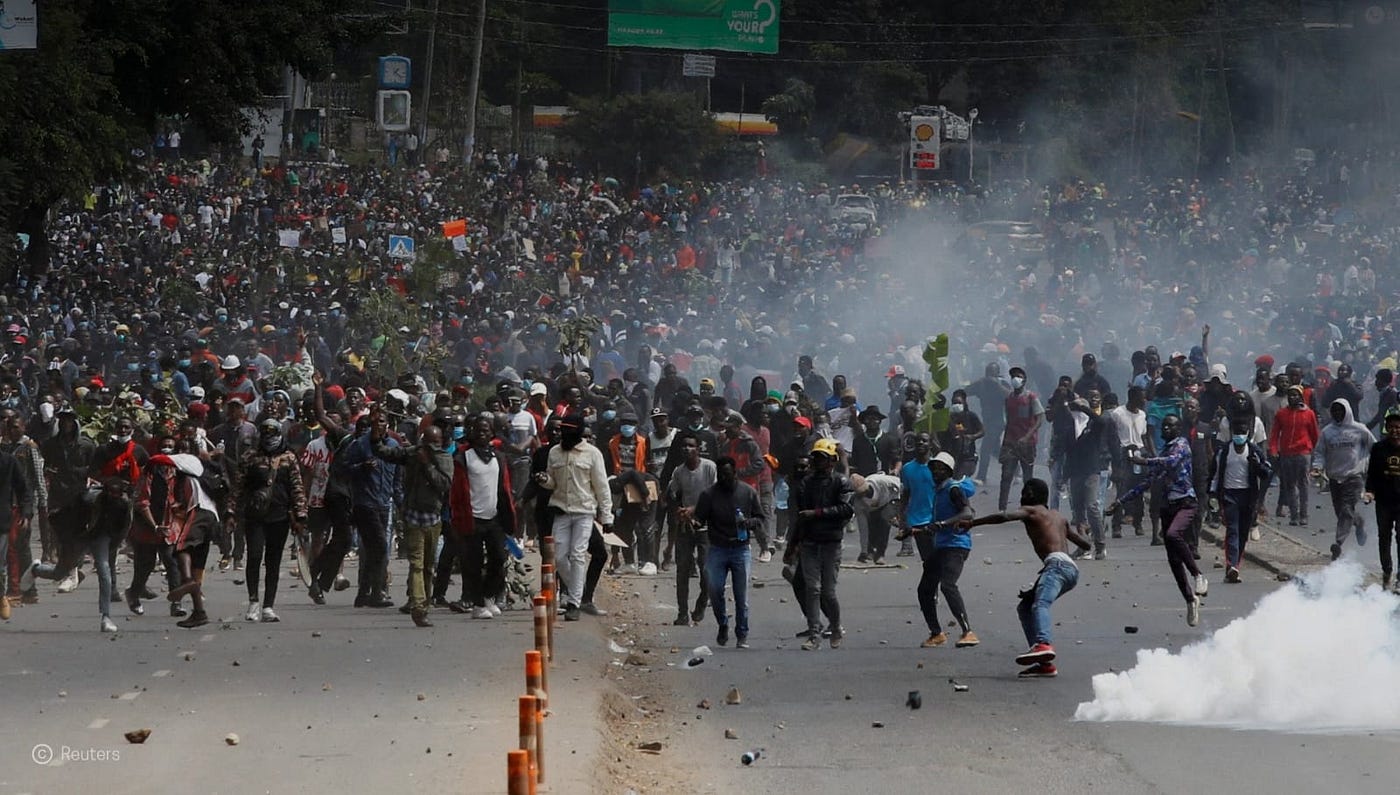
UNSTOPPABLE: Unlike the recent Togo protests which only lasted 3-days, the Kenyan rebellion continues gaining momentum one year later, despite all the psyops deployed by NIS
This movement began as a targeted push to reject a punitive Finance Bill, which imposed heavy taxes on ordinary Kenyans. Through nationwide protests and social media campaigns, it snowballed into a clarion call for President William Ruto’s ouster.
Our goal was precise: remove one individual whose leadership we viewed as corrupt and oppressive, not to topple the entire system.
Yet, time and again, those we looked to for leadership betrayed our trust.
Raila Odinga: The Opposition Leader’s Compromise
We offered Raila Odinga, leader of the Orange Democratic Movement (ODM), a golden opportunity to assume the presidency. In July 2024, as protests intensified, we urged him to stay neutral, wait for Ruto’s potential exit, and step into leadership.
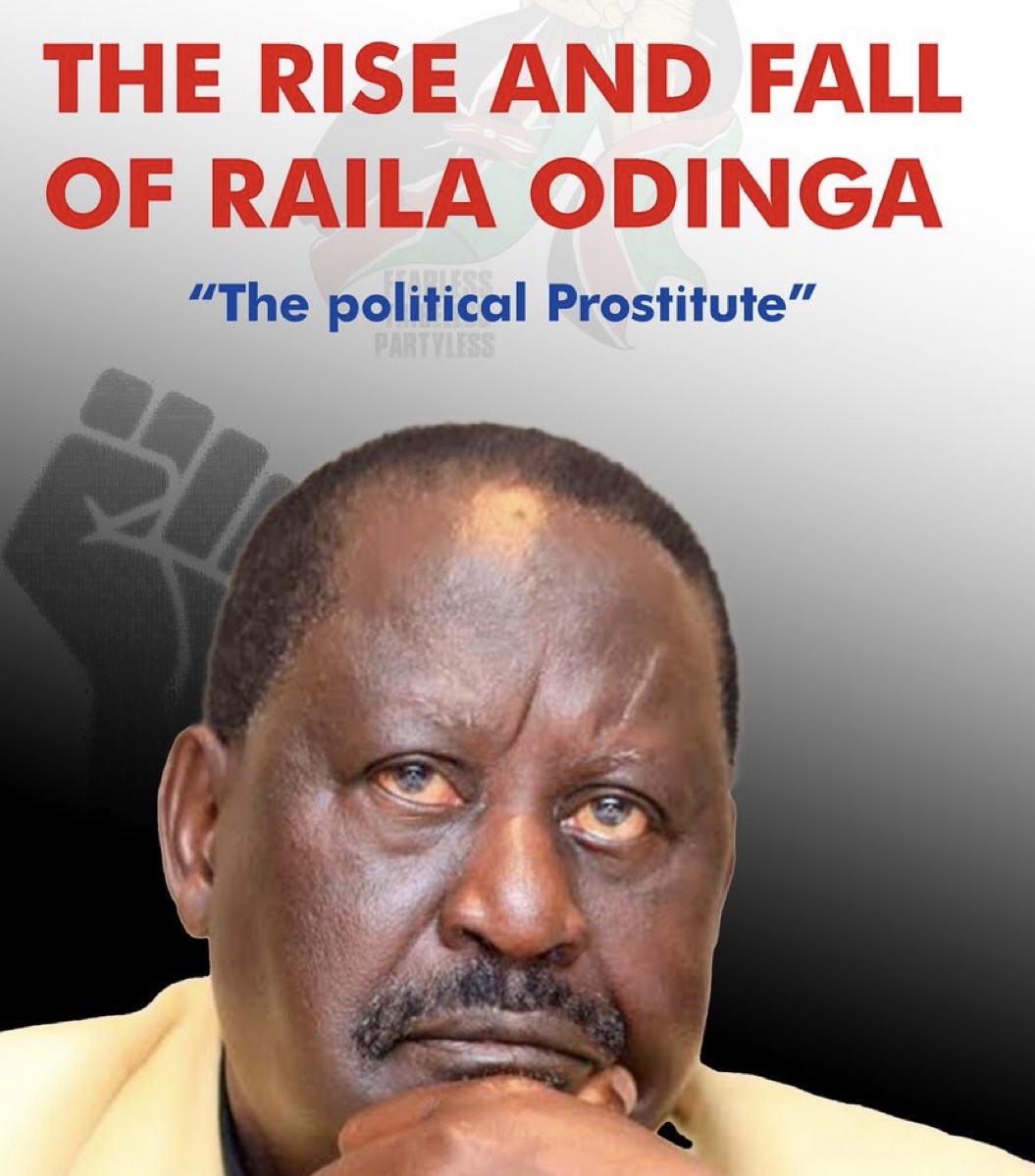
THE POLITICAL PROSTITUTE: Raila Odinga is finally exposed as a fraud, imposed on Kenyan politics by western elements who only wish to see black people destroyed
Instead, Raila accepted a deal with Ruto, joining a “broad-based” government of national unity. His party secured four cabinet positions, including key ministries like Energy and Mining, in exchange for supporting the regime.
We see this as a betrayal, a move by an aging politician to revive his career by aligning with a faltering administration, hoping to control the narrative and retain influence.
His choice has cost him our trust.
Uhuru Kenyatta: The Former President’s Hidden Loyalties
We believed the public rift between Ruto and former President Uhuru Kenyatta was genuine, especially after reports in 2023 of Uhuru’s son losing his gun license in a supposed crackdown. We hoped Uhuru was distanced from Ruto’s regime.
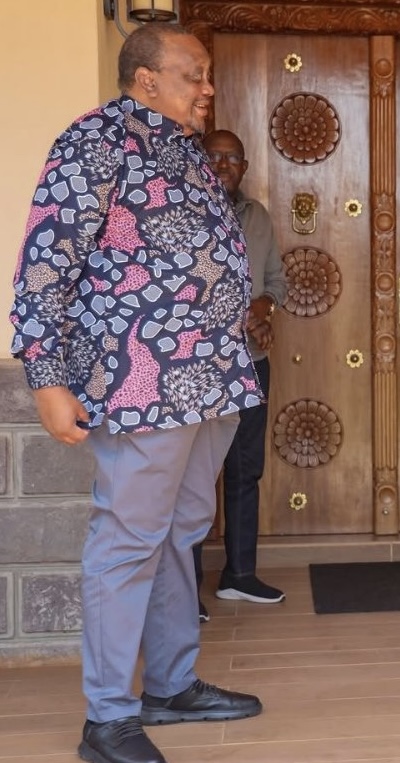
Former President Uhuru Kenyatta benefits from William Ruto to maintain ownership of the Expressway and SGR
Yet, by mid-2024, it became clear this was a staged spectacle. Uhuru’s business interests, including controversial ExpressWay and SGR concessions owned by his brother Muhoho Kenyatta, flourished under Ruto’s government.
His sycophants, such as former Interior Cabinet Secretary Fred Matiang’i, reinvented themselves and others like retired drug baron William Kabogo, former Governor Lee Kinyanjui who looted Nakuru to its death-bed, linked to cabinet roles.
Uhuru’s silence and apparent complicity showed his loyalties lie with the establishment and their globalist enablers, not the people.
Kenya Defence Forces: The Military’s Misstep
We looked to the Kenya Defence Forces (KDF) as potential stewards of a transitional government.
Had Chief of Defence Forces Charles Kahariri seized the moment, he could have emulated Egypt’s Abdel Fattah el-Sisi, transitioning from military leader to national figurehead.
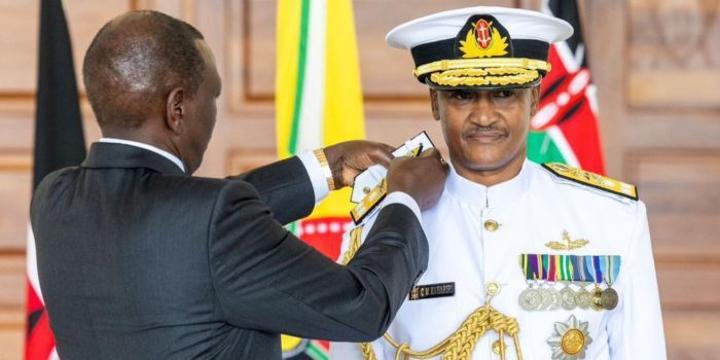
KDF Chief of Defense Forces Charles Kahariri is completely out of the conversation in mapping a new future for Kenya
Instead, in June and July 2024, the KDF followed illegal and unconstitutional orders, deploying to civilian areas like Nairobi’s streets and the Parliament precinct during protests.
Credible reports linked them to abductions of dissenters, with Amnesty International documenting 206 cases by October 2024.
Their actions have erased their relevance in discussions about Kenya’s future.
Civil Society Leaders: The Activists’ Sabotage
We handed the mantle to civil society leaders like Boniface Mwangi, Willy Mutunga, and Kivutha Kibwana, expecting them to amplify our revolution. Instead, they disrupted its momentum.
Mwangi’s documentaries, such as those aired in December 2024 by Citizen TV with Sam Gituku and April 2024 on BBC bankrolled by the National Intelligence Service (NIS), were accused of framing protests as chaotic, aligning with state narratives of “anarchy.”
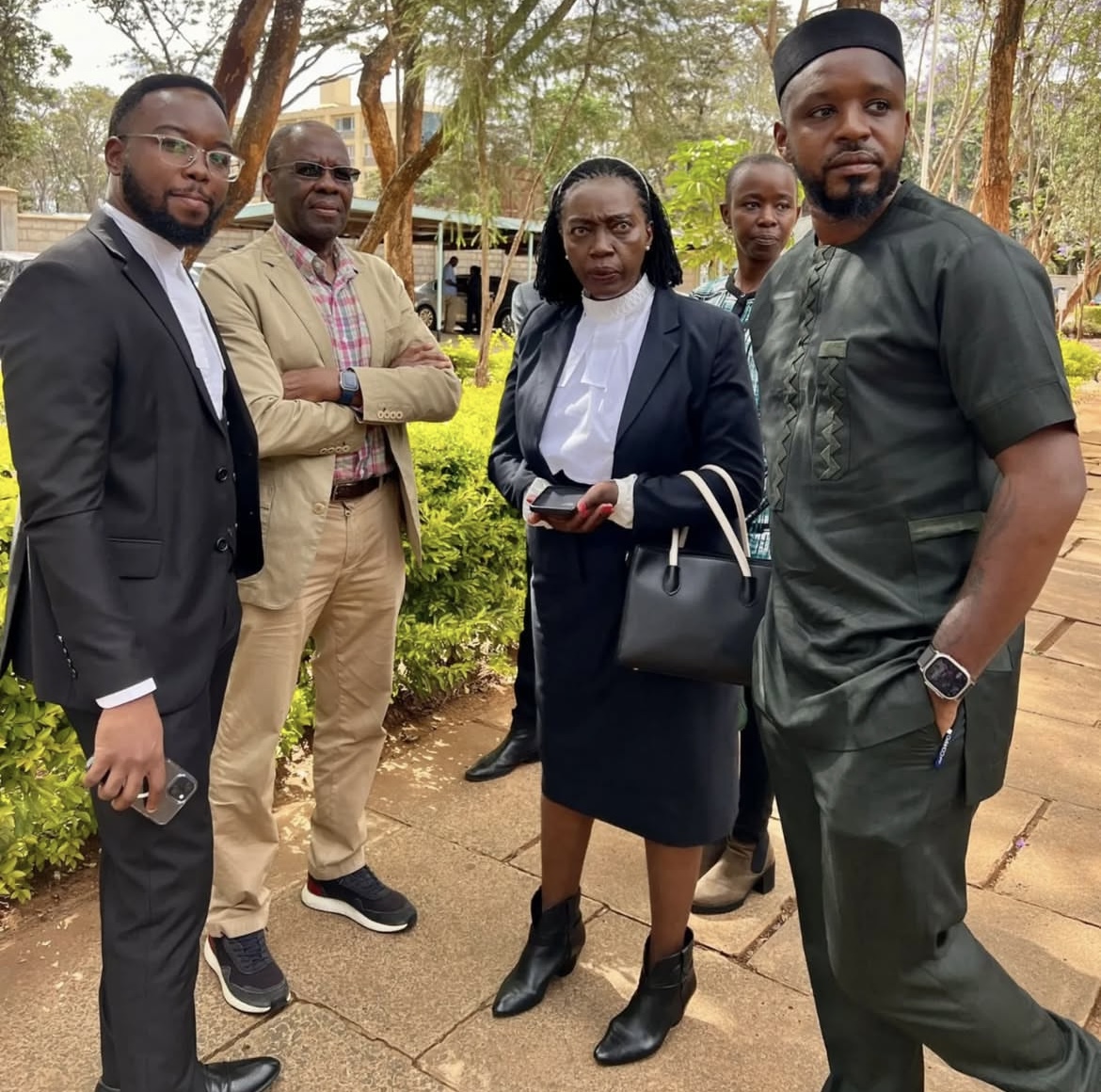
CONMEN: Boniface Mwangi and Willy Mutunga had the chance to lead the movement but they chose Ruto at the behest of their foreign backers Ford Founfair on
Mutunga and Kibwana, once respected for their reformist credentials, engaged in what we see as NIS-orchestrated fearmongering, undermining the movement’s legitimacy.
Their planned June 25, 2025, event to lay wreaths for protest victims and petition Parliament fizzled out, leaving them sidelined and irrelevant.
Rigathi Gachagua: The Impeached Deputy’s Deflection
We offered the presidency to Rigathi Gachagua after his impeachment in October 2024, hoping he would rally behind our call to occupy State House. Instead, he launched the “WanTam” agenda, a vague reconciliation narrative that we believe was engineered to buy Ruto time until the 2027 elections.
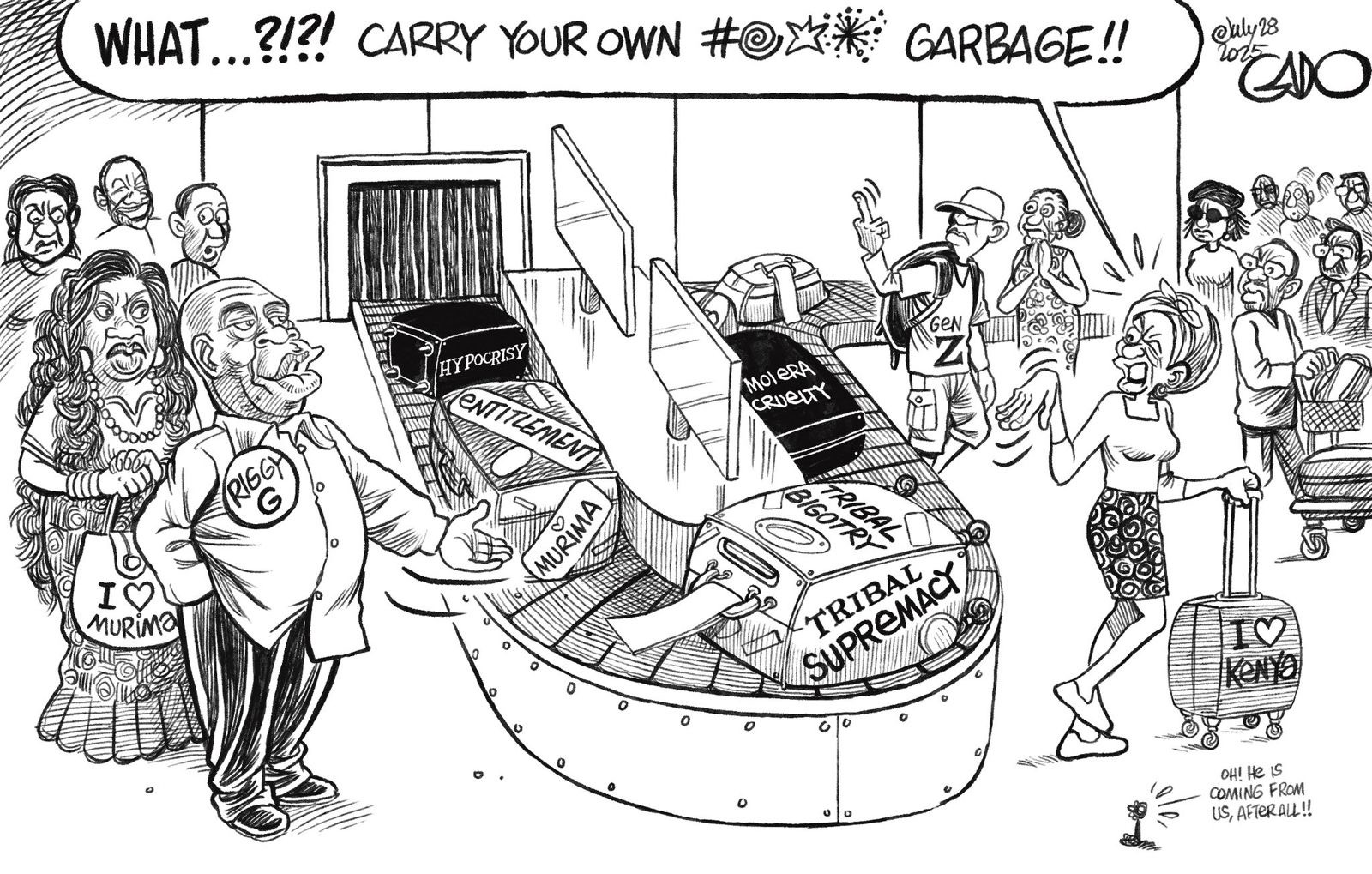
An artistic depiction of Gen Z’s departure from Rigathi Gachagua’s inane and juvenile tribal politics by award-winning cartoonist Gado
Gachagua, a politician from Mathira, had a historic chance to lead the nation as president but chose to defend the establishment, aligning with what we see as globalist-backed succession plans.
We tried, but he let us down.
Morara Kebaso: The Young Activist’s Fall
We turned to Morara Kebaso, a young activist who rose to prominence during the protests.
We entrusted him with leadership, but he embezzled and misused donations meant for the movement, enriching himself by buying a house in Kahawa Sukari and a fleet of vehicles to project the grandiose image of politicians that the very public is doing away with.

FRAUD: Morara Kebaso diverted money donated for operationalizing the movement into his personal coffers
His interviews, particularly in August and September 2024, echoed establishment talking points, alienating his supporters.
By last week, he publicly lamented that politics had “ruined his life,” a self-inflicted wound that cost him our support.
Okiya Omtatah: The Senator’s Shift to Electoral Politics
We placed our hopes in Okiya Omtatah, the Busia senator known for his legal challenges against government overreach.
Instead of fully aligning with our revolutionary values, he shifted focus to the 2027 elections, pushing what we view as a globalist agenda of managed succession.
Allegations surfaced of his ties to the NIS, earning him the moniker “Omutraitor” especially after it emerged that the abduction of cartoonist Kibet Bull happened outside his office right after meeting him.
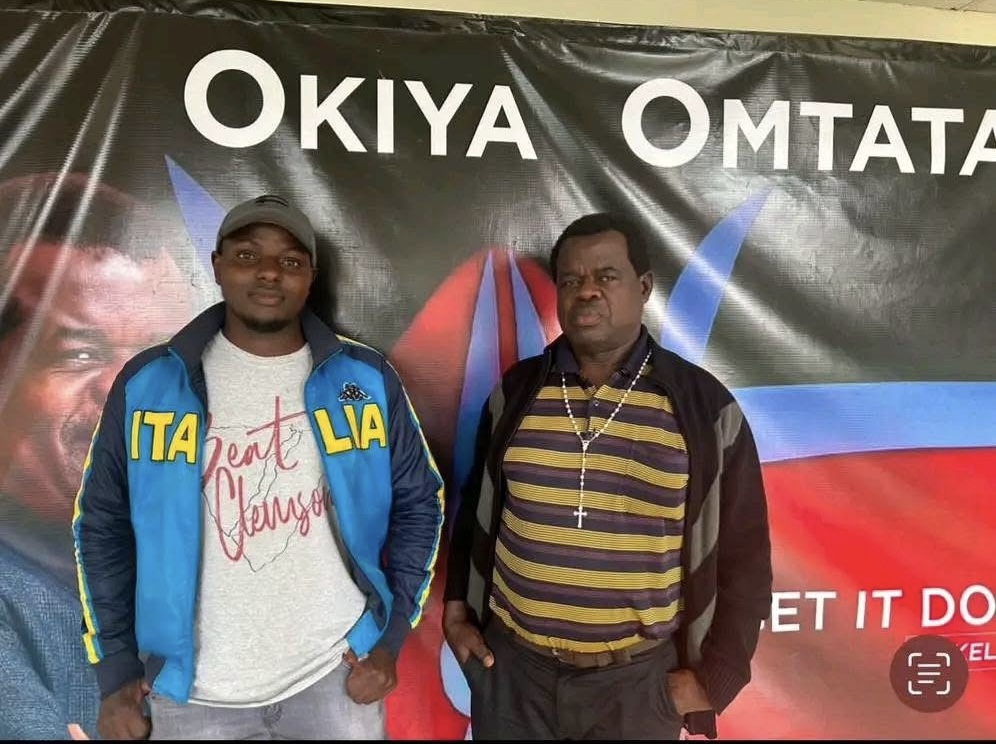
OMUTRAITOR: Activist and Busia Senator Okiya Omtatah stands accused of engineering the abduction of Kibet Bull
His pivot diluted his revolutionary credentials, leaving us disillusioned.
United Opposition: The Coalition’s Political Opportunism
We looked to the “united opposition,” a coalition of parties like Wiper and DAP-K, hoping they would channel Gen Z’s momentum.
Instead, they exploited it for politicking, forming new parties and eyeing the lucrative business of selling nominations to secure bureaucratic control, mirroring Ruto’s state capture tactics.
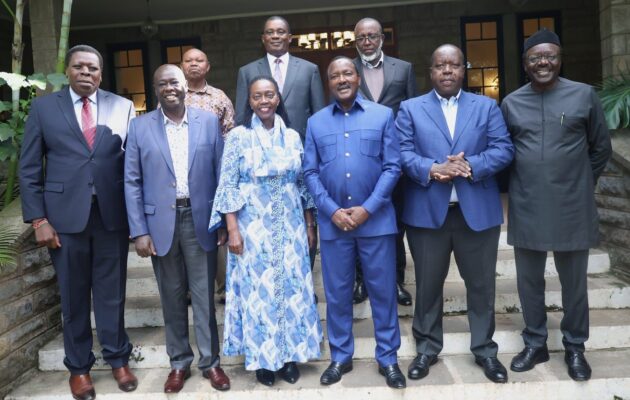
UNITED OPPOSITION: This bandwagon of demagogues want William Ruto removed on their terms by engineering a transition that favors their briefcase political parties so that they can sell nominations and instal puppets across various seats and maintain the state-capture we have today
Their obsession with 2027, evident in media campaigns, aimed to trap Kenya in an endless campaign cycle, sapping revolutionary energy and preserving the status quo.
Their irrelevance today is their own doing.
Martha Koome: The Judiciary’s Complicity
We had envisioned Chief Justice Martha Koome leading a transitional government, duped by her motherly sanctimony and curated speeches, but she collaborated with Ruto to vilify protesters.
In July 2025, the judiciary labeled demonstrators “terrorists” in court filings, weaponizing laws meant for criminals to target Gen Z youth while shielding hired goons.

CROOK OF MONUMENTAL PROPORTIONS: Chief Justice Martha Koome, installed into office by globalists, has turned out to be the most corrupt office-holder in Kenya’s judicial history
Koome’s actions, including flawed rulings on protest-related cases, aligned the judiciary with oppressive structures, removing it from our vision for change.
Infact the judiciary is the enemy which will have to be overhauled and all magistrates and judges sacked for their endemic corruption.
Foreign Diplomats: The International Community’s Silence
We appealed to foreign diplomats, hoping they would pressure Ruto to step down or impose travel bans on his allies, as seen in U.S. sanctions against Ugandan officials in 2023.
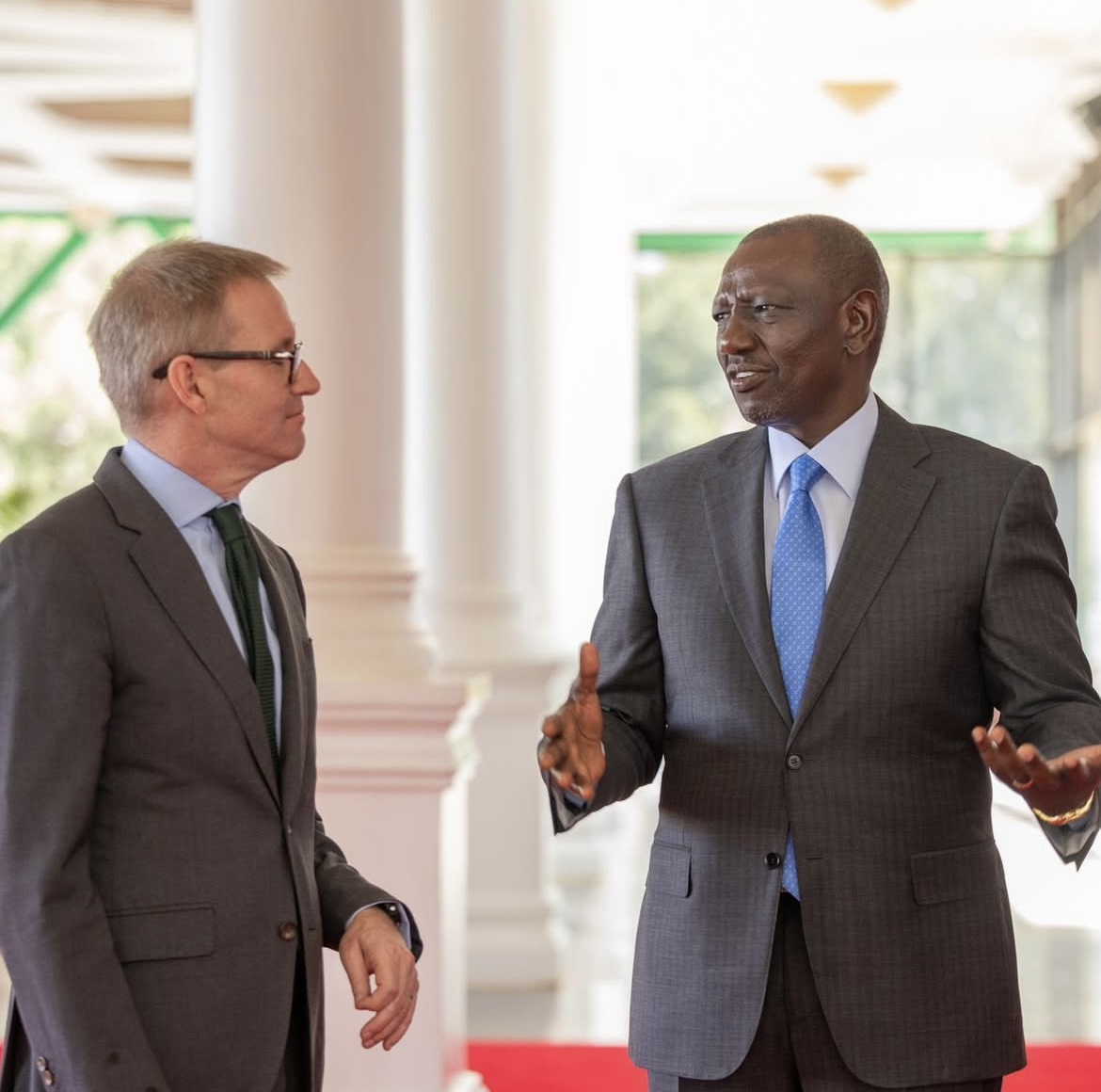
Colonial Governor Neil Wigan has been working tooth and nail to ensure William Ruto remains in office
Instead, by late 2024, envoys like U.S. Ambassador Meg Whitman continued engaging Ruto, endorsing his administration through silence or deals, despite reports of over 60 protest-related deaths.
Their inaction betrayed our hopes.
The Inevitable Divide: A Movement Betrayed
At every turn, we acted in good faith, but those we trusted stabbed us in the back.
Attempts to infiltrate our movement with new charlatans are futile. We have seen through the establishment’s games, and our resolve remains unbroken.
The betrayal of Raila, Uhuru, Gachagua, Koome, and others has shown us they value Ruto’s regime over Kenya’s future.
This divide – between us and them – was inevitable.

